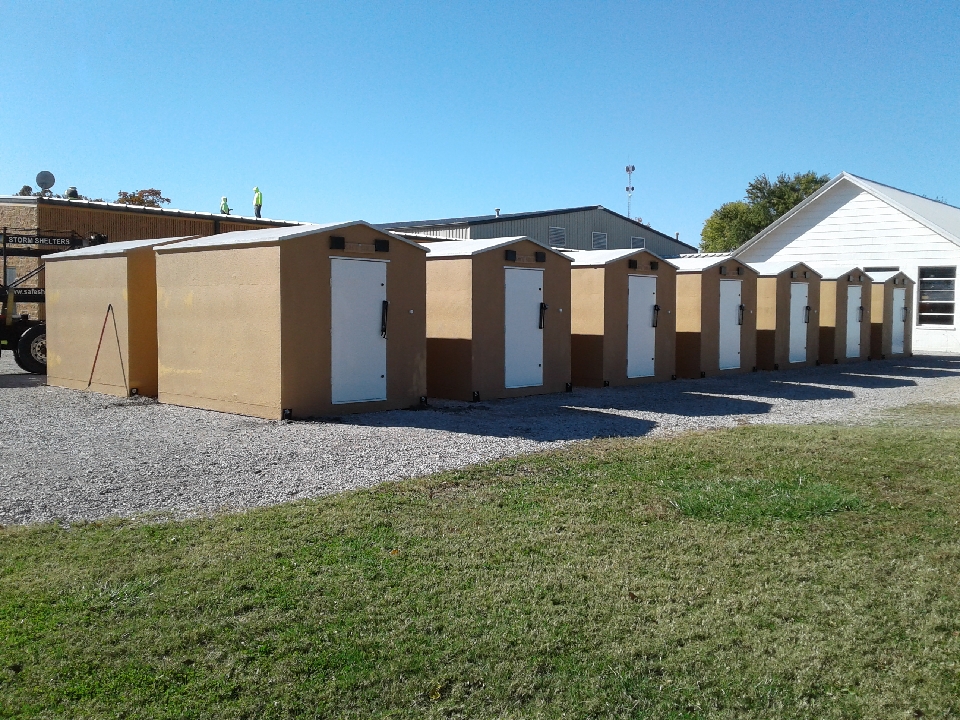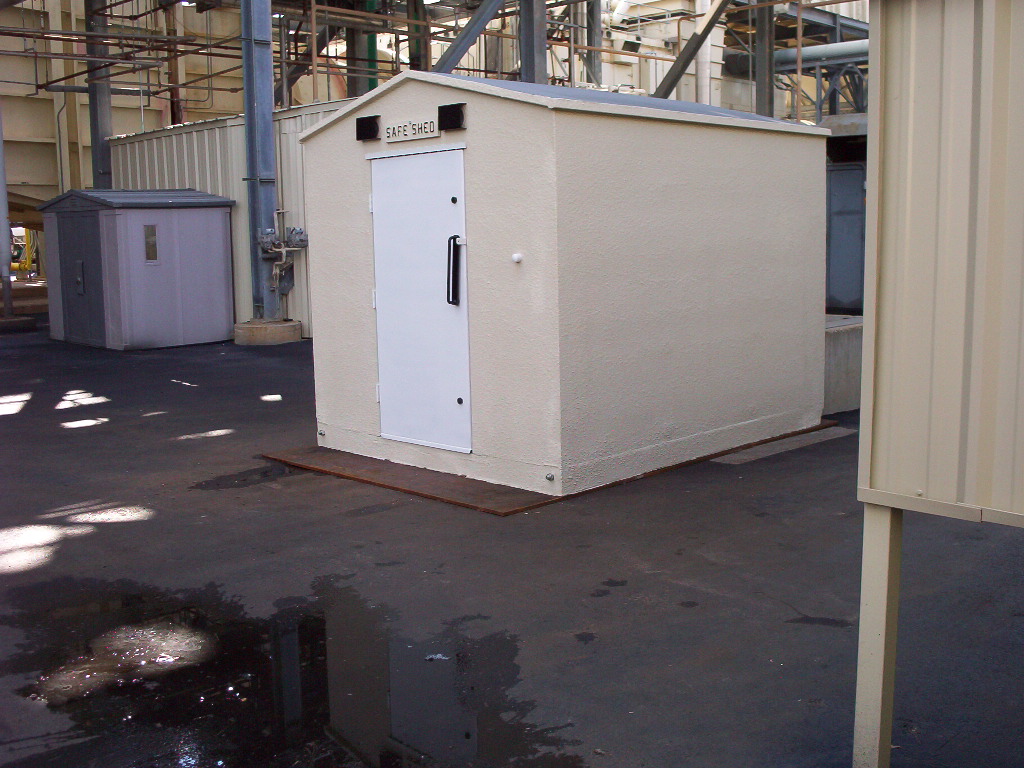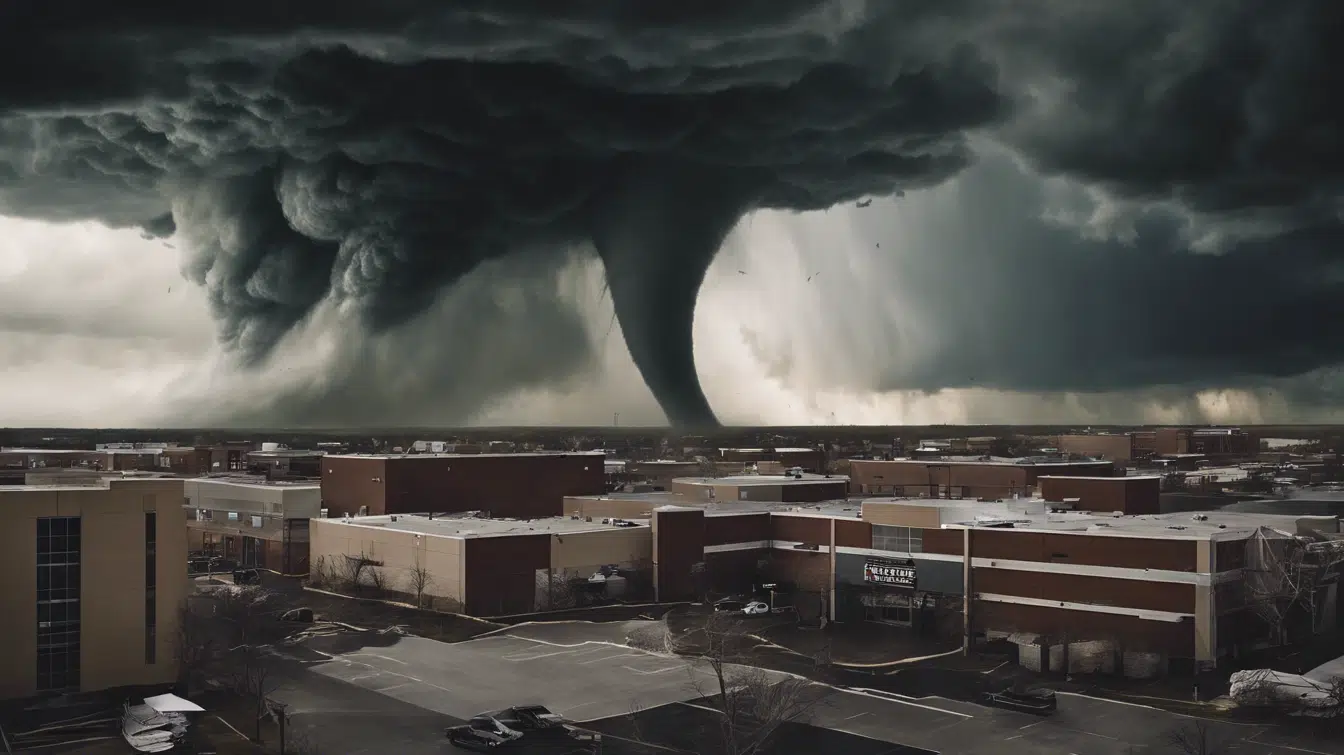When it comes to protecting employees, customers, and assets during severe weather events, many industrial businesses turn to storm shelters as a reliable solution. However, one key decision often arises during the planning process: Should your facility invest in an above-ground storm shelter or an in-ground storm shelter? While both options offer safety during extreme weather, they differ significantly in design, installation, and functionality. This blog aims to explore the pros and cons of each type of shelter—while leaning into the benefits of above-ground models, especially for industrial facilities.
The Basics: How Storm Shelters Work
Storm shelters are spaces designed to protect individuals during high-intensity weather events, such as tornadoes, hurricanes, or severe thunderstorms. These shelters are built to withstand immense wind pressure, debris impact, and the force of storms, often adhering to strict safety standards such as FEMA guidance and ICC 500 codes.
Shelters are typically categorized as above-ground, situated fully on the surface of your facility, or in-ground, which are partially or fully buried beneath the earth.
Benefits of Above-Ground Storm Shelters

While both types of shelters provide safety, above-ground storm shelters offer unique advantages that make them particularly suitable for industrial businesses. Here’s a closer look:
1. Ease of Installation
One of the standout benefits of above-ground models is their straightforward installation process. Unlike in-ground shelters, which often require excavation or concrete pouring, above-ground shelters can be installed directly on level ground in a fraction of the time.
Key advantages include:
- No need to disrupt existing floorplans or landscapes.
- Faster installation, minimizing downtime for your facility.
- Cost savings on construction, excavation, and specialized tools.
2. Accessibility for All Users
Above-ground shelters are far easier to access compared to in-ground shelters. When storms arrive, time is of the essence, and everyone needs to evacuate quickly. Above-ground shelters eliminate the need to navigate stairs, ladders, or tight underground spaces, which can be challenging for:
- Employees with limited mobility.
- Larger groups needing to evacuate simultaneously.
- Teams handling heavy equipment or emergency supplies during the storm.
3. No Risk of Flooding
One major drawback of in-ground shelters, especially in areas prone to heavy rainfall, is the risk of flooding. Storms that bring high winds often come with torrential rain, and underground shelters can fill with water if drainage isn’t carefully managed. Above-ground shelters avoid this risk entirely, offering safety regardless of flood conditions.
Considerations for flood-prone areas:
- Above-ground shelters maintain full functionality during flash floods.
- No additional drainage or waterproofing systems are required.
- Protect critical emergency supplies from water damage.
4. Strong Reinforced Structures
A common misconception is that above-ground storm shelters are weaker than their underground counterparts. In reality, modern above-ground shelters are designed with steel-reinforced walls, doors, and ceilings capable of withstanding the same high-impact forces as in-ground models. Testing has shown properly built above-ground shelters to be equally safe—even during the most intense EF5 tornadoes.
Features that enhance the strength of above-ground shelters:
- Wind resistance: Built to withstand winds up to 250 mph.
- Impact durability: Designed to block flying debris and projectiles.
- Construction materials: Reinforced steel and concrete walls ensure maximum safety.
5. Flexibility for Growing Businesses
For industrial facilities that anticipate growth or frequently change their layouts, above-ground shelters provide unmatched flexibility. These shelters are modular and portable, meaning they can be relocated or expanded as your workspace evolves. By contrast, in-ground shelters are permanently installed and harder to adapt if your facility expands or relocates.
When to Consider In-Ground Storm Shelters
While the benefits of above-ground shelters are compelling, there are some scenarios where in-ground shelters might still be preferred:
- Space limitations: Tight spaces or limited ground area may call for an in-ground option.
- Preferences for concealment: Some facilities may want to keep shelters out of view for aesthetic reasons.
- Perceived safety advantages: Certain users may feel psychologically safer in an underground shelter, despite comparable strength.
However, the logistical challenges—particularly installation, accessibility, and flooding—often make in-ground shelters less practical for industrial operations.
Making the Choice: Above-Ground Shelters for Industrial Applications

Industrial businesses face unique challenges when preparing for severe weather conditions. Above-ground shelters often emerge as the preferred choice for these facilities due to several advantages:
- Fast installation reduces downtime for busy operations.
- High accessibility accommodates all employees, including those with mobility challenges.
- Flood-proof designs ensure reliability in all weather conditions, even heavy storms.
- Scalability and flexibility make them ideal for growing businesses that may need to reconfigure layouts.
By prioritizing safety, convenience, and efficiency, above-ground shelters represent a smart choice for industrial organizations that need a reliable solution to protect their teams in the face of unpredictably shifting weather.
Key Takeaways
When deciding between above-ground and in-ground storm shelters, consider the specific needs of your facility and location. While in-ground shelters have their place, above-ground models stand out for their ease of installation, accessibility, flood resistance, and cutting-edge construction methods. For businesses seeking a modern, adaptable, and highly effective safety solution, above-ground shelters are an excellent investment in long-term employee well-being and operational resilience.
Remember: The best storm shelter is the one that’s not only built to withstand extreme weather but is also practical to use and maintain.



